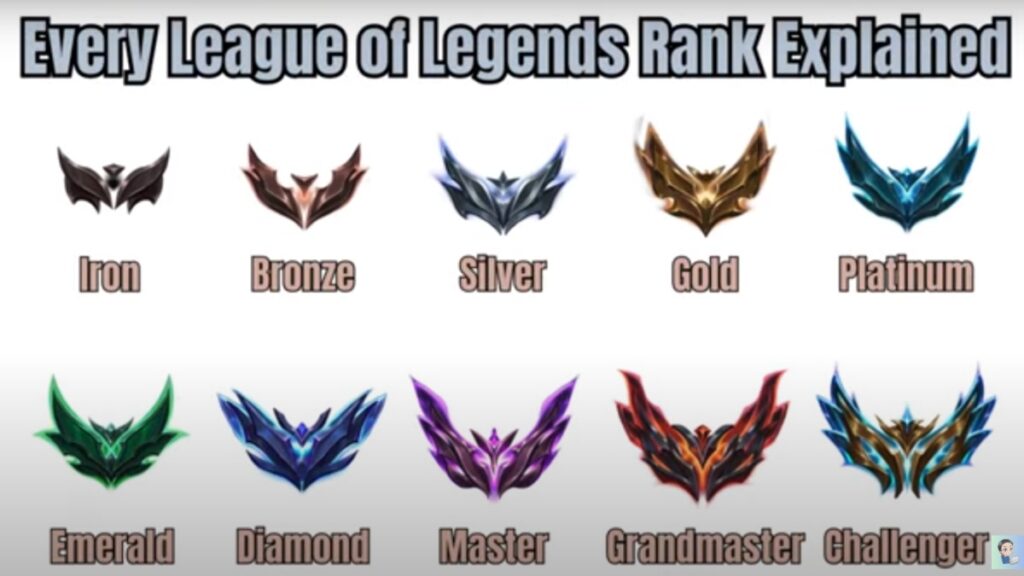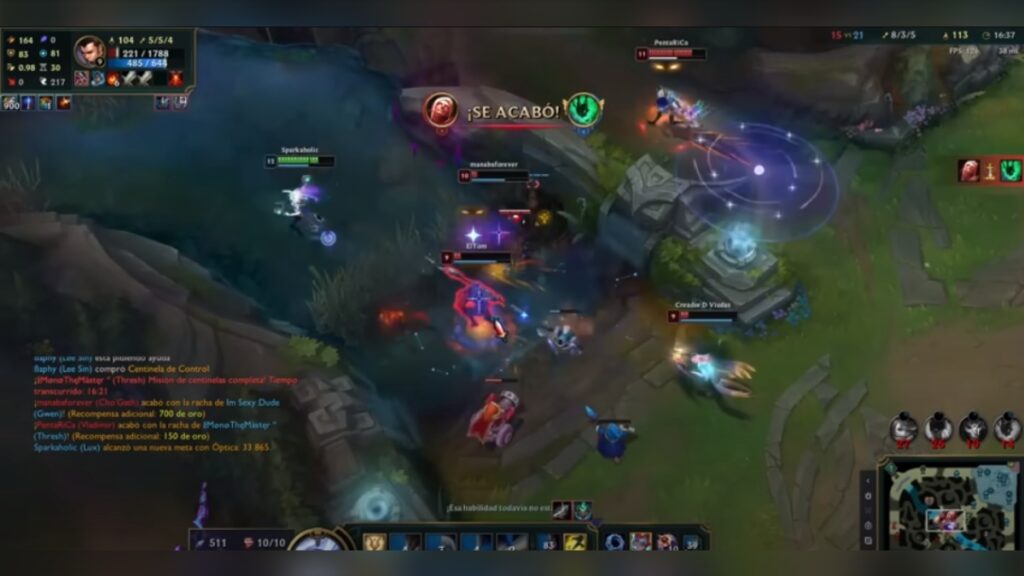
Everyone who’s ever played League of Legends (LoL) aims to reach the Challenger rank. Unfortunately, only 0.012 per cent of players ever get to the game’s pinnacle, with about seven per cent remaining at the lowest Iron division. Many LoL gamers are stuck at the Bronze, Silver, and Gold Divisions, accounting for about 56 per cent of players.
Thankfully, Riot Games introduced the Emerald Rank to balance the distribution. The action also underscored the game developer’s efforts to evolve its player classification. So, what’s the future of ELO and ranking systems in League of Legends? Let’s find out.
A word about ELO and LoL’s ranking system
Like any game, LoL has several player classifications, describing gamers’ proficiencies and skill sets. It’s like a ladder, with challenges and objectives in each step. Completing these goals allows you to move up the stairs.
LoL has two ranking elements: divisions and tiers. You can look at divisions as floors or levels, while tiers are the rooms on each floor. Season 13 saw the addition of the Emerald Division (or floor) between the Platinum and Diamond Divisions.
Here’s how it looks today.
- Iron
- Bronze
- Silver
- Gold
- Platinum
- Emerald
- Diamond
- Master
- Grand Master
- Challenger
Only Divisions 1 to 7 (Iron to Diamond) have four tiers each. That should help explain why so few LoL players ever progress to the Master and Grand Master Divisions, let alone the Challenger Class.
Imagine you’re in the first Division (Iron). You must complete four tiers before becoming a Bronze player. League of Legends gamers must accomplish 28 tiers to move from Iron to Master. The journey can be excruciatingly long.
Unsurprisingly, many beginner LoL players use boosters. It makes sense. Using the best LoL boosting site can help gamers advance through LoL’s ELO and ranking system faster. They could breeze through Silver and Platinum within weeks, not months.
For the record, ELO doesn’t stand for anything. It’s not an acronym but the name of the creator of a player classification system designed for chess – Arpad Elo.
How the ELO system works in LoL
League of Legends uses Elo’s creation as a framework to determine a player’s skill relative to other LoL gamers. The system assigns a matchmaking rating (MMR) to each player, reflecting their performance in ranked matches.
The higher the Elo or MMR, the higher the player’s skill level. League of Legends then compares the rating with other players and classifies them accordingly. Should the gamer be in Bronze, or does his ratings merit a Silver ranking?
Each tier has 100 LPs, which players earn by winning matches (or get deducted by losing a face-off). Exceeding the 100 LP cutoff promotes the player to the next tier.
Moving up one division requires winning two of three succeeding games in the last tier of the preceding division. Riot Games increased the game requirement to five when using promo codes but scrapped it altogether after an uproar from loyal LoL fans.
Challenges of the LoL ranking system
While ELO and LoL’s ranking systems have boosted one of the world’s biggest esports in 2024, many challenges remain.
First, there’s the issue of transparency. ELO only displays the rank (i.e., Bronze or Emerald), not the actual MMR score. Although this ranking system allows simplicity, some players want more robust performance details.
There’s also the issue of “smurfs” or people who use boosting services. Riot Games wants players to progress through the ranks efficiently but not too fast. The latest changes to its ranking system already guarantee seamless level progression.
How Riot Games improved its ranking system
Besides adding Emerald and eliminating promotions across the board, Riot Games introduced Flex Queue to replace the aging five-player queue to advance through the ranks. The innovation allows smaller parties to gain experience and become eligible for promotion faster.
Another improvement is the SoloQ ranking method. Although it remains the most significant indicator of player progress, Riot rewards strong players with more points, making them more suitable for high-level Flex Queue rankings.
Looking forward
Riot Games listens! The game developer continues to improve its ranking system to make player progression more transparent, rewarding, and reflective of all players’ performance.
Players can expect Riot Games to leverage machine learning and other technological advancements to effect ranking improvements. Improved algorithms can reduce promotion queue times, offer more accurate matchmaking, and ensure fairer matchups.
Experts see the platform using more data analytics to generate deeper insights into player progression. The information should allow Riot Games and other resources to customise feedback and coaching opportunities.

Final thoughts
The future of ELO and ranking systems in League of Legends remains bright, especially with the game developer listening intently to player sentiments. Riot Games wants everyone to enjoy the game. And one can only do that by showcasing skills to win matches. Although a booster service can help, it might take the fun (and experience) off the game. You could march to the Challenger Class, yet your skills are that of a Bronze Division player. So, be wise when using boosting services.

